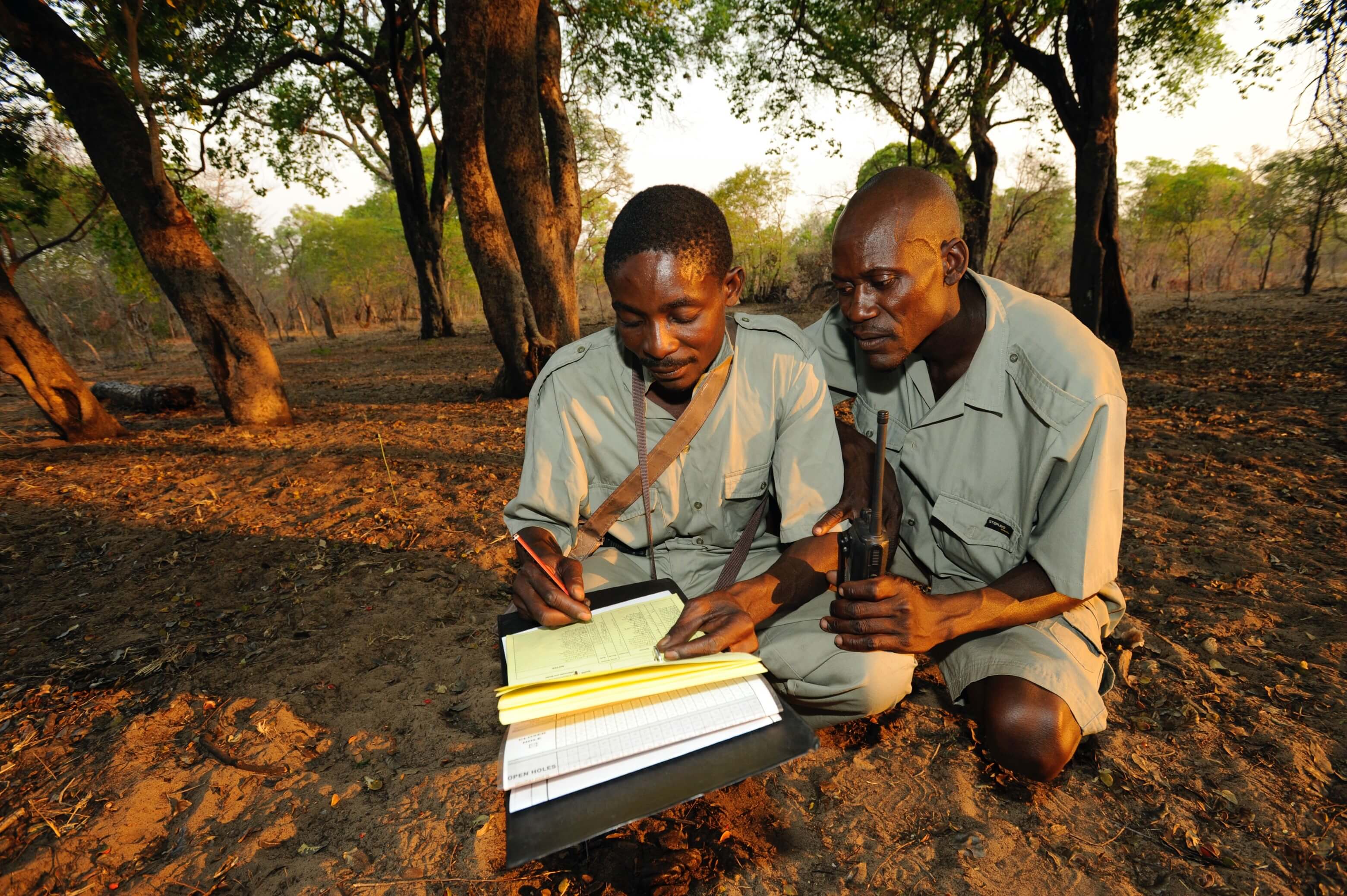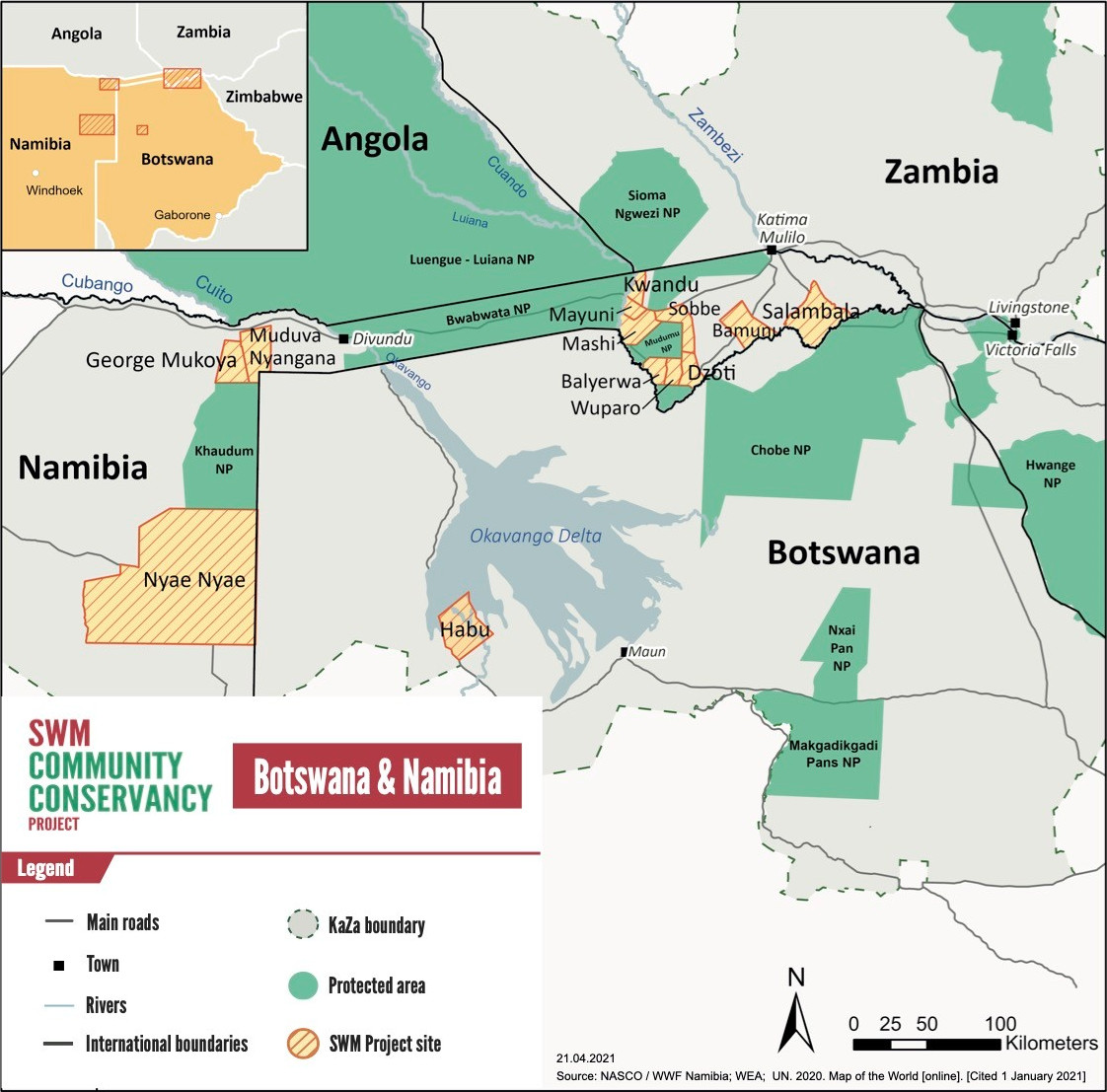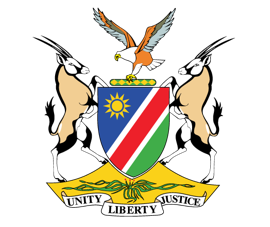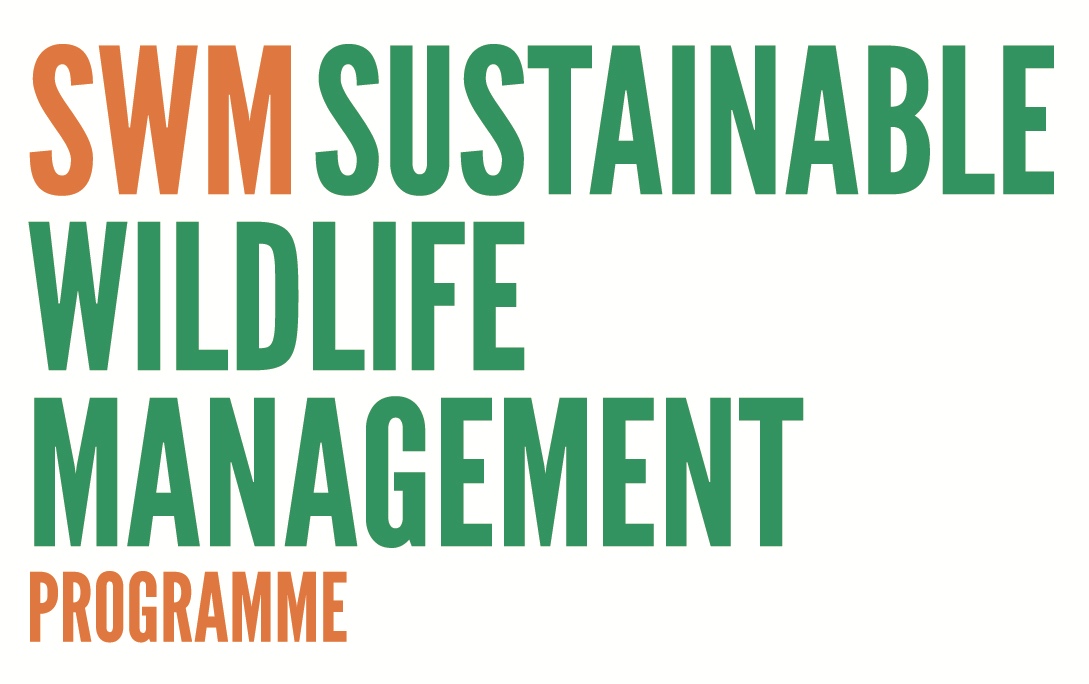SWM Community Conservancy Project
BOTSWANA AND NAMIBIA (KAZA)
 © NACSO/WWF Namibia
© NACSO/WWF Namibia
SWM Project
The project supports the development of a network of community conservancies (CCs) to improve ecological connectivity and socio-economic sustainability in the Kavango-Zambezi (KaZa) landscape, the world’s largest transfrontier conservation area (TFCA).
In Botswana, the project is being implemented in the Habu Community Wildlife Conservancy, which is located in the communal livestock grazing areas of western Ngamiland. This area is also part of the KaZa Khaudum-Ngamiland Wildlife Dispersal Area (WDA), connecting northeast Namibia with northern Botswana. In Namibia, the Project involves 13 community-based organizations, including 12 CCs and the Kyaramacan Association in Bwabwata National Park. The sites are found within key transboundary wildlife corridors in the KaZa landscape, which help protect the free movement of wildlife populations among the five countries (Namibia, Botswana, Zimbabwe, Zambia and Angola).
DID YOU KNOW?
- Covering nearly 520,000 km2, the Kavango-Zambesi (KAZA) landscape is the largest transboundary conservation area in the world.
- Community Conservancies (CC) are legally recognised, geographically defined areas established by communities that have united to manage and benefit from wildlife and natural resources.
- The CC model relies on principles of good governance. We work on the ground to promote good leadership, and at the national level to develop a clear, legal and regulatory framework to guide how CCs should run their operations in a transparent and participatory way.
- The SWM Programme has partnered with Wild Entrust Africa (WEA) in Botswana and World Wide Fund for Nature (WWF) in Namibia to develop and strengthen a network of CCs in the KAZA region, expanding the Programme's pre-existing activities in Zimbabwe and Zambia.

NATIONAL PARTNERS




